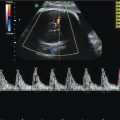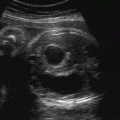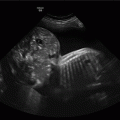References
1.Williamson LM, Hackett G, Rennie J, et al. The natural history of fetomaternal alloimmunization to the paltelet-specific antigen PA-1a (PIA1, Zwa) as determined by antenatal screening. Blood 1998; 92: 2280–7.
2.Serrarens-Janssen v M, Steegers EA, van den Bos A, et al. Experiences with fetomaternal alloimmune thrombocytopenia in the Netherlands over a 2-year period. Acta Obstetrica et Gynecologica Scandinavica 2005; 84: 203.
3.Knight M, Pierce M, Allen D, et al. The incidence and outcome of fetomaternal alloimmune thrombocytopenia: a UK national study using three data sources. Br J Haematol 2011; 152: 460–8.
4.Vandenbussche FPHA, Brand A, Kanhai HHH. Fetal thrombocytopenia. In: High Risk Pregnancy – Management Options. James D, Steer P, Weiner C, et al. (eds). Elsevier Saunders, 2011; 229–37.
5.Radder CM, Brand A, Kanhai HHH. Will it ever be possible to balance the risk of intrasranial haemorrhage in fetal or neonatal alloimmune thrombocytopenia against the risk of treatment strategies to prevent it? Vox Sang 2003; 84; 318–25.
6.Scheffer P, Ait Soussan A, Verhagen O, et al. Noninvasive fetal genotyping of human platelet antigen-1a. BJOG, 2011; 118: 1392–5.
7.van den Akker E, Oepkes D, Lopriore E, et al. Noninvasive antenatal management of fetal and neonatal alloimmune thrombocytopenia: safe and effective. BJOG 2007; 114: 469–73.
8.UK Department of Health. Clinical Guidelines for Immunoglobulin Use, 2nd edn, July 2011.
9.Rayment R, Brunskill SJ, Stanworth S, et al. Antenatal interventions for fetomaternal alloimmune thrombocytopenia. Cochrane Database Syst Rev 2005; (1): CD004226. Update in Cochrane Database Syst Rev 2011; (5): CD004226.
10.van den Akker E, Oepkes D, Brand A, et al. Vaginal delivery for fetuses at risk of alloimmune thrombocytopenia? BJOG 2006; 113: 781–3.






